There’s nothing quite like the feeling of the wind in your hair as you soar through the sky. But what if you could harness that power to generate electricity? Wind turbines are a clean, renewable source of energy that can help us reduce our reliance on fossil fuels. If you’re interested in learning more about wind speed where you are, read on for everything you need to know.
Not being able to accurately measure wind speed can lead to a number of problems. For example, if you’re planning to install a wind turbine, you need to know how much wind speed you have in order to determine if it’s a viable option. Additionally, wind speed can affect the safety of certain activities, such as flying or sailing. If you’re not aware of the wind speed, you could put yourself at risk.
What is Wind Speed Where I Am?
Wind speed where I am is a measure of the speed of the wind at a particular location. It is typically measured in miles per hour (mph) or kilometers per hour (kph). Wind speed can vary significantly from place to place, depending on a number of factors, such as the terrain, the presence of trees or buildings, and the time of day.
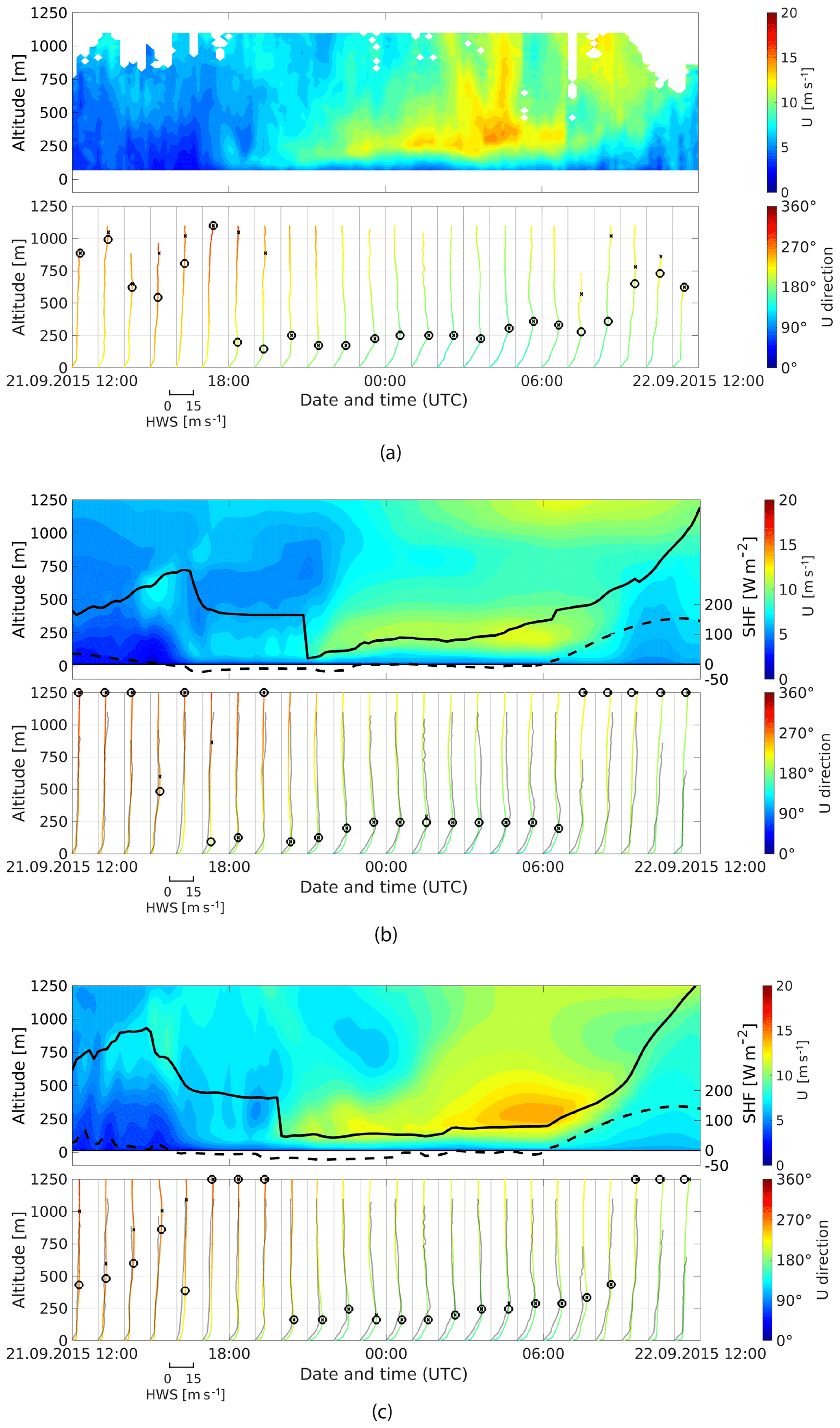
Source: wes.copernicus.org
How to Measure Wind Speed Where I Am
There are a number of ways to measure wind speed where you are. One simple method is to use a handheld anemometer. Anemometers are devices that measure the speed of the wind by spinning a set of cups or vanes. Another method is to use a weather station. Weather stations typically include anemometers, as well as other sensors that can measure temperature, humidity, and rainfall.
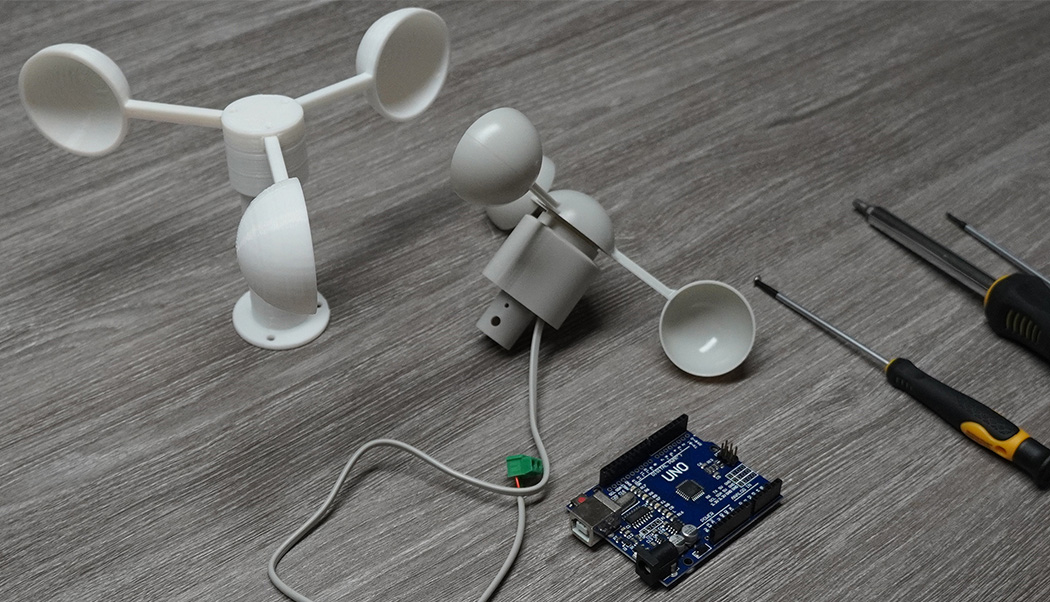
Source: www.aeq-web.com
History and Myth of Wind Speed Where I Am
The history of wind speed measurement dates back to the early days of sailing. Sailors needed to know the wind speed in order to safely navigate their ships. The first anemometers were invented in the 15th century. These early anemometers were simple devices that measured wind speed by the amount of force it exerted on a sail. Over the centuries, anemometers have become more sophisticated, and today there are a variety of different types of anemometers available.

Source: knowledge2013.wikispaces.com
Hidden Secrets of Wind Speed Where I Am
There are a number of hidden secrets of wind speed where you are. For example, did you know that wind speed can affect the way that plants grow? Plants that are exposed to high winds tend to have thicker stems and leaves than plants that are grown in sheltered areas. Additionally, wind speed can affect the behavior of animals. For example, birds and bats use the wind to help them fly. Animals like deer and elk will often move to areas with lower wind speeds during the winter months.
Source: scite.ai
Recommendation of Wind Speed Where I Am
If you’re interested in learning more about wind speed where you are, there are a number of resources available. You can check the National Weather Service website for wind speed data for your area. Additionally, there are a number of apps available that can provide you with real-time wind speed data. If you’re planning to install a wind turbine, you should consult with a qualified installer to determine if it’s a viable option for your location.
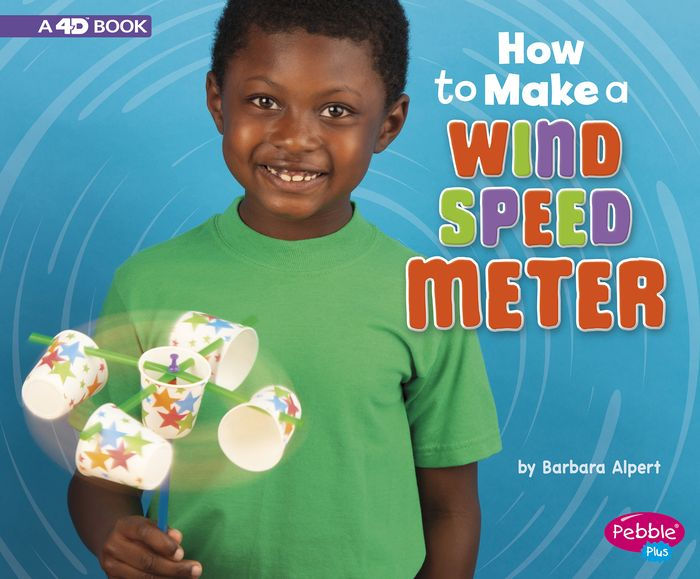
Source: www.barnesandnoble.com
Wind Speed Where I Am and Related Keywords
In addition to the information provided above, here are some additional keywords that you may find helpful when searching for information about wind speed where you are:
- Wind speed measurement
- Wind speed data
- Wind speed map
- Wind speed forecast
- Wind speed sensor
Tips of Wind Speed Where I Am
Here are a few tips for measuring wind speed where you are:
- Choose a location that is open and unobstructed by trees or buildings.
- Hold the anemometer at a height of about 3 feet (1 meter) above the ground.
- Face the anemometer into the wind.
- Read the wind speed on the display.
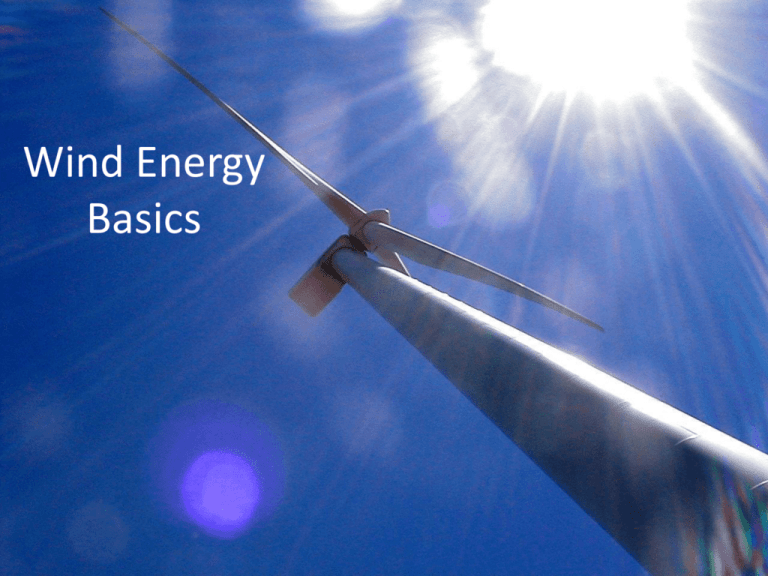
Source: studylib.net
Wind Speed Where I Am and Related Keywords
Here are some additional keywords that you may find helpful when searching for information about wind speed where you are:
- Wind speed and climate change
- Wind speed and energy
- Wind speed and safety
- Wind speed and weather
Fun Facts of Wind Speed Where I Am
Here are a few fun facts about wind speed where you are:
- The world’s record for the highest wind speed ever recorded is 231 mph (372 kph).
- The average wind speed on Earth is about 7 mph (11 kph).
- Wind speed can vary significantly from place to place, depending on the terrain, the presence of trees or buildings, and the time of day.
- Wind speed can affect the way that plants grow, the behavior of animals, and the safety of certain activities.
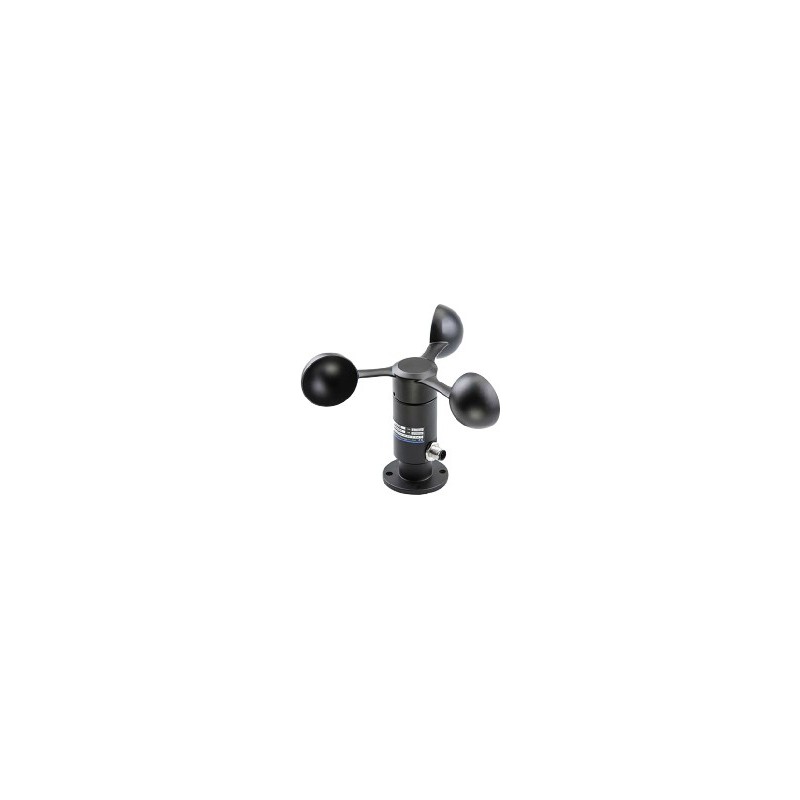
Source: instruments.co.za
How to Wind Speed Where I Am
Wind speed is a measure of the speed of the wind. It can be measured in miles per hour (mph), kilometers per hour (kph), or knots. To measure wind speed, you can use an anemometer or a weather station. Anemometers are devices that measure the speed of the wind by spinning a set of cups or vanes. Weather stations typically include anemometers, as well as other sensors that can measure temperature, humidity, and rainfall.
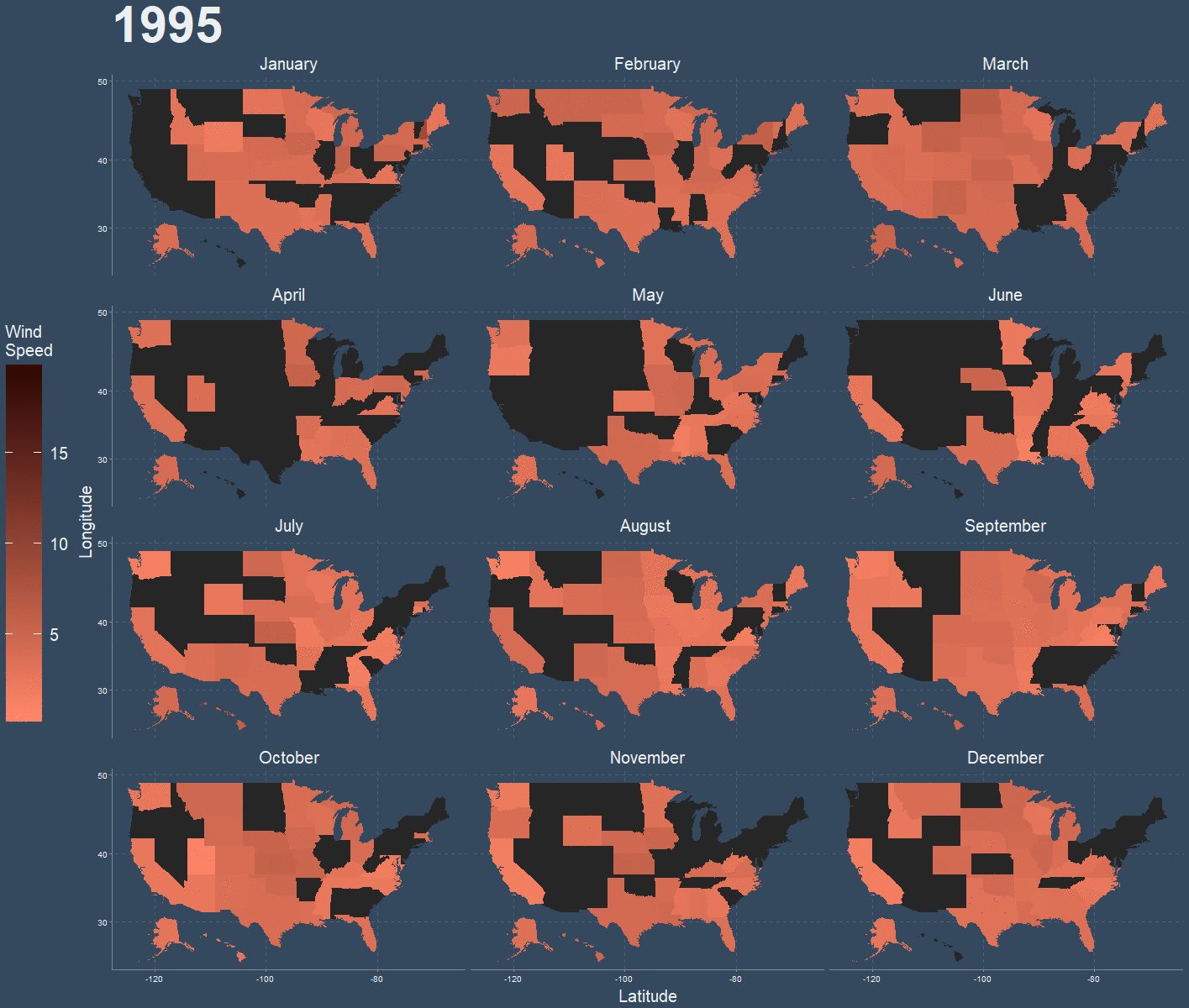
Source: femto2501.github.io
What if Wind Speed Where I Am
Wind speed can vary significantly from place to place, depending on a number of factors, such as the terrain, the presence of trees or buildings, and the time of day. If you’re planning to install a wind turbine, you need to know how much wind speed you have in order to determine if it’s a viable option. Additionally, wind speed can affect the safety of certain activities, such as flying or sailing. If you’re not aware of the wind speed, you could put yourself at risk.
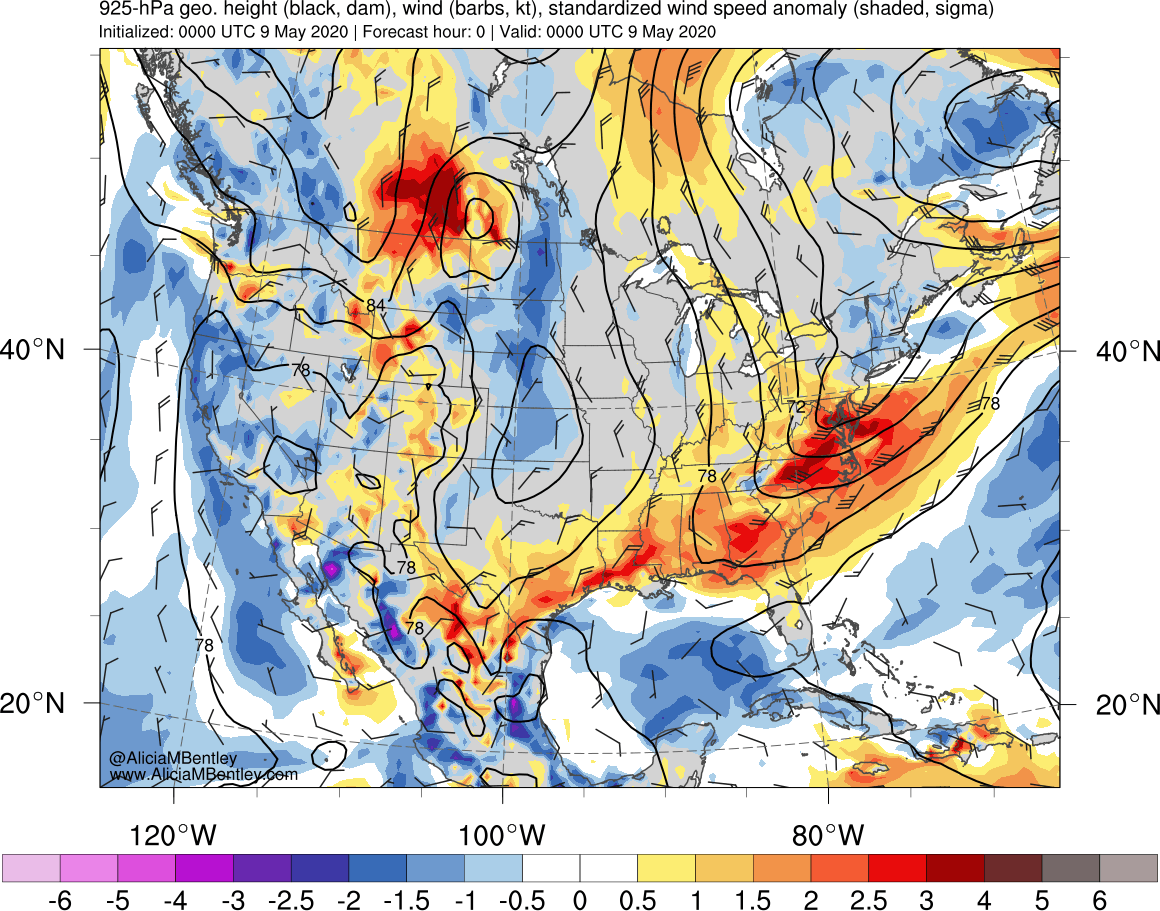
Source: cimss.ssec.wisc.edu
Listicle of Wind Speed Where I Am
Here are a few things you can do to measure wind speed where you are:
- Use an anemometer.
- Use a weather station.
- Look at the Beaufort Wind Scale.
- Estimate the wind speed based on the effects it has on objects.

Source: www.totalbounce.co.uk
## Question and Answer
Conclusion of Wind Speed Where I Am
Wind speed is a measure of the speed of the wind. It can be measured in miles per hour (mph), kilometers per hour (kph), or knots. Wind speed can vary significantly from place to place, depending on a number of factors, such as the terrain, the presence of trees or buildings, and the time of day. Wind speed can affect the way that plants grow, the behavior of animals, and the safety of certain activities.
![Wind Speed Forecast Based on Support Vector Machine - [scite report] Wind Speed Forecast Based on Support Vector Machine - [scite report]](http://image.thum.io/get/ogImage/https://scite.ai/reports/wind-speed-forecast-based-on-XYyjN2?bannerClosed=true&onboardingOff=true&paywallOff=true)